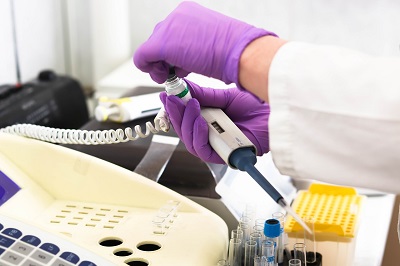Requirements for obtaining Class III medical device FDA certification.
Release time:2024-08-07 10:18:23
The author:
source:
Class III Classification: Determine if your device falls under Class III according to FDA regulations. Class III devices are those that support or sustain human life, are of substantial importance in preventing impairment of human health, or present a potential unreasonable risk of illness or injury.
Obtaining FDA certification (FDA clearance or approval) for Class III medical devices in the United States involves meeting stringent regulatory requirements. Here are the key requirements and considerations:
1. Device Classification:
- Class III Classification: Determine if your device falls under Class III according to FDA regulations. Class III devices are those that support or sustain human life, are of substantial importance in preventing impairment of human health, or present a potential unreasonable risk of illness or injury.
2. Premarket Approval (PMA) Application:
- PMA Requirement: Class III devices typically require a PMA application. This is a comprehensive submission that includes scientific evidence demonstrating the safety and effectiveness of the device.
3. Components of the PMA Application:
- Device Description: Detailed description of the device design, materials, and specifications.
- Manufacturing Information: Comprehensive details about the manufacturing process, facilities, and quality controls (compliance with FDA's Quality System Regulation - QSR).
- Preclinical Testing: Data from biocompatibility studies, animal testing, and performance testing to demonstrate the device's safety.
- Clinical Data: Results from clinical investigations (if applicable) to demonstrate the device's effectiveness and safety in humans. This includes study protocols, statistical analyses, and adverse event reporting.
- Labeling: Proposed labeling and instructions for use that comply with FDA regulations, including indications for use, warnings, contraindications, and precautions.
- Risk Analysis: Comprehensive risk analysis and mitigation strategies to address potential risks associated with the device.
- FDA Guidance Compliance: Ensure all data and documentation align with FDA guidance documents and standards relevant to your device type.
4. FDA Review Process:
- The FDA conducts a thorough review of the PMA application, evaluating the device's safety, effectiveness, and compliance with regulatory requirements.
- The review includes technical, scientific, clinical, and regulatory assessments. FDA may request additional information or clarification during the review process.
5. Panel Review (Advisory Committee):
- For certain PMAs, an advisory panel (advisory committee) may review the application and provide recommendations to the FDA. This is particularly common for novel devices or those with significant public health implications.
6. Post-Approval Requirements:
- Quality System Regulation (QSR): Maintain compliance with FDA's QSR requirements for manufacturing and quality control.
- Labeling Requirements: Ensure continued compliance with labeling regulations, including updates for new indications or safety information.
- Adverse Event Reporting: Implement systems for reporting adverse events and device malfunctions to the FDA as required.
- Post-market Surveillance: Conduct post-market surveillance studies as needed to monitor the device's performance and safety in real-world use.
7. Establishment Registration and Device Listing:
- Once approved, register your establishment with the FDA and list your device(s) to legally market them in the United States.
8. FDA Inspections:
- FDA may conduct inspections of your manufacturing facilities to ensure ongoing compliance with regulatory requirements.
Tips for Success:
- Early Engagement: Schedule pre-submission meetings with the FDA to discuss your device, proposed studies, and submission strategy.
- Comprehensive Data: Ensure all data submitted is accurate, complete, and supports the safety and effectiveness of your device.
- Regulatory Expertise: Work with regulatory consultants or experts experienced in FDA regulations to navigate the complex requirements effectively.

Contact Us:
Whatsapp or Wechat:+86 15816864648;email address:hito.lin@grzan.cn
.png)
.jpg)
.png)

.png)